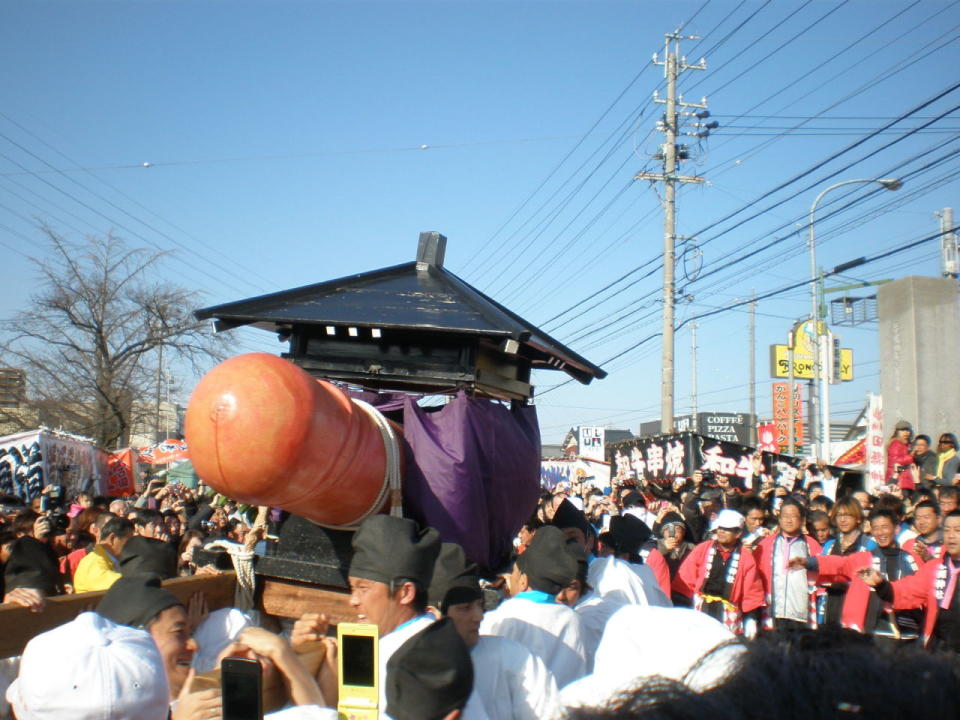5 fertility rituals in Asia
If you’re anything like me, the younger you might have asked your parents the golden question: where do babies come from?
For some parents, the question would invoke a long lecture about the birds and the bees. Other parents might skirt around the issue with their answers; if you grew up thinking that storks delivered babies from the skies, then you know for sure that your parents found the topic just a little too awkward.
In the recent animated movie Storks, these fluffy white birds do indeed deliver bundles of joy… or at least, they used to.
While the exact origins of this myth is unclear, some say that the association stems from many ancient beliefs in Europe and Asia. In some countries, it is even believed that placing sweets on one’s window sill would communicate to the heavens - or to storks - that the family was ready for a baby.
Asian culture also has quite a number of fertility rituals, where couples engage in intriguing (and sometimes bizarre) rituals in attempts to boost their fertility and produce children.
Samshin Halmoni (Korea)

(Photo: San-shin)
Korean women trying to conceive typically pray and make offerings to a variety of spirits or deities - these included mountain spirits, Buddha, or even certain elements of nature considered to be sacred.
One of the most prominent symbols of fertility that Korean women pray to, however, is the ‘samshin halmoni’, or grandmother spirit.
Korean women even create make-shift shrines to samshin halmoni in their homes using folded paper or straws, praying for conception or safe pregnancies.
It is believed that this goddess of childbirth and fertility looks over and protects all babies, even when they are still in the womb.
A popular folktale depicts the samshin halmoni slapping infants out of their mother’s womb, ensuring easy and safe childbirth for both mother and baby.
Trunyan’s Berutuk Dance (Indonesia)

(Photo: Getty Images)
A strange ritual occurs every once in a while in the sleepy Balinese village of Trunyan.
A group of unmarried men are quarantined for 42 days of spiritual purification. During this time, the men abstain from sex, learn prayers, and spend their days in the temple.
At the end of their purification, these men dress up in costumes made of dried banana leaves and don embellished coconut shell masks.
They then engage in the berutuk dance, which mimics the courtship dance of wild partridges.
The dance is a ritual that is watched on by the entire village. But they don’t just stand by idly; the villagers also attempt to steal leaves from the dancers’ outfits, firmly believing that the leaves are now amulets, charged with blessings of fertility (for both humans and for the land).
It’s hard to predict when the ritual occurs though, as it is only carried out when the village people feel that they need blessings from the gods.
Obando Fertility Rites Festival (The Philippines)

(Photo: Metrokelan)
Another small town fertility festival is also annually held in Obando, located within the Bulacan region of the Philippines.
This festival is one of the most famous in the nation, and dates all the way back to the pre-colonial era.
Locals and tourists alike participate in the festivities, which run for three whole days.
But perhaps the most popular activity is the “fertility dance”, where childless couples dance along to joyful music along the streets of Obando.
It is believed that performing the dance allows the “spirit of life” to enter a woman’s body, allowing her to conceive soon after.
Statues of three Catholic figures (Saint Paschal, Saint Clare, and Our Lady of Salambao, who are all patrons of fertility) are also paraded around the festival.
It’s yet to be statistically proven, but many have claimed to have been blessed with healthy babies soon after participating in the event.
Honen Matsuri (Japan)

Photo: Wikipedia
Every spring, a little town just north of Nagoya City comes alive with a vibrant festival.
It’s the Honen Matsuri, or ‘Harvest Festival’, and it features all-you-can-drink sake, colourful parades, Shinto priests strumming traditional folk music… and a giant wooden phallus.
This 2.5m and almost 280kg phallus is carried in a two-hour long procession between two shrines, and participants are blessed with prayers for fertility and prosperity.
International tourists flock to this festival, affectionately christened the ‘Japanese Penis Festival’, where you can also find plenty of phallus-shaped memorabilia and snacks (think lollipops in the shape of a penis).
Definitely Instagrammable.
Chao Mae Tuptim Shrine (Thailand)

(Photo: Getty)
If you’re planning a trip to Bangkok, and hoping to conceive, then you should visit the Chao Mae Tuptim shrine.
Located in the heart of the city on the grounds of Swissotel Nai Lert Hotel, the shrine is a popular spot for women trying to get pregnant.
They come here to the shrine to pay their respects and make a prayer to Chao Mae Tuptim, a female fertility spirit.
To appease the spirit, women leave offerings at the shrine - usually of lotus, jasmine, and wooden or stone phalluses.
Women who have successfully conceived then return to offer their thanks - in the form of more phalluses.
No one knows how this shrine came about, but the locals have an unyielding belief in its effectiveness nonetheless.
Give it a try, and who knows - you might find yourself pregnant right after your getaway to the Land of A Thousand Smiles!


